The world's most beautiful currencies
Money matters
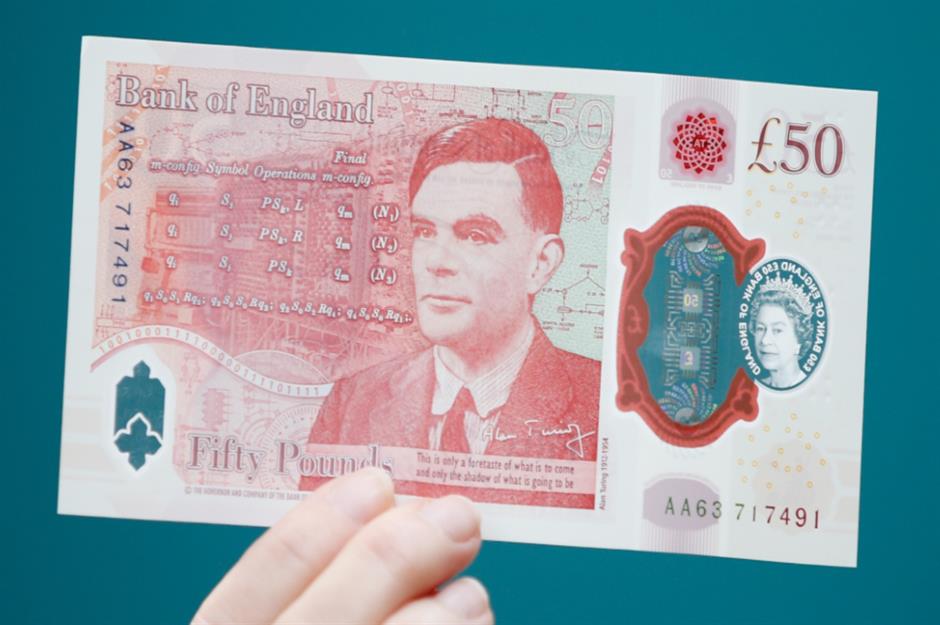
Aruba florin
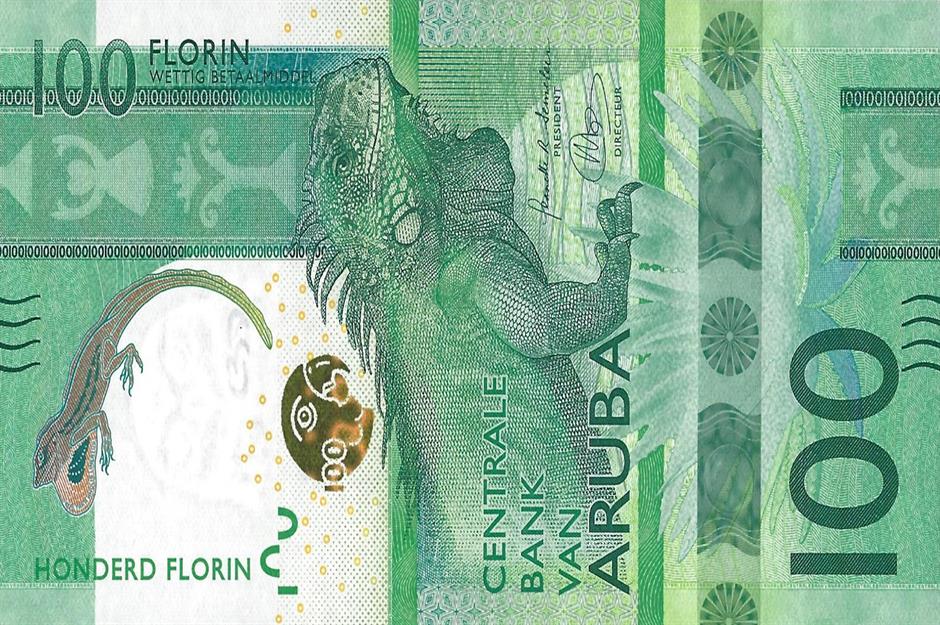
Ugandan shillings
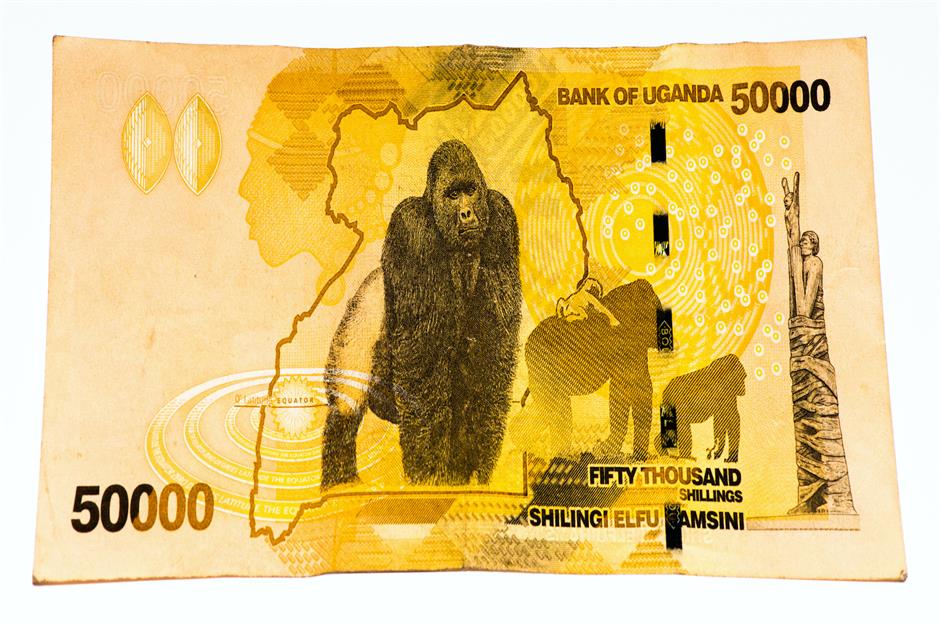
Samoa tālā
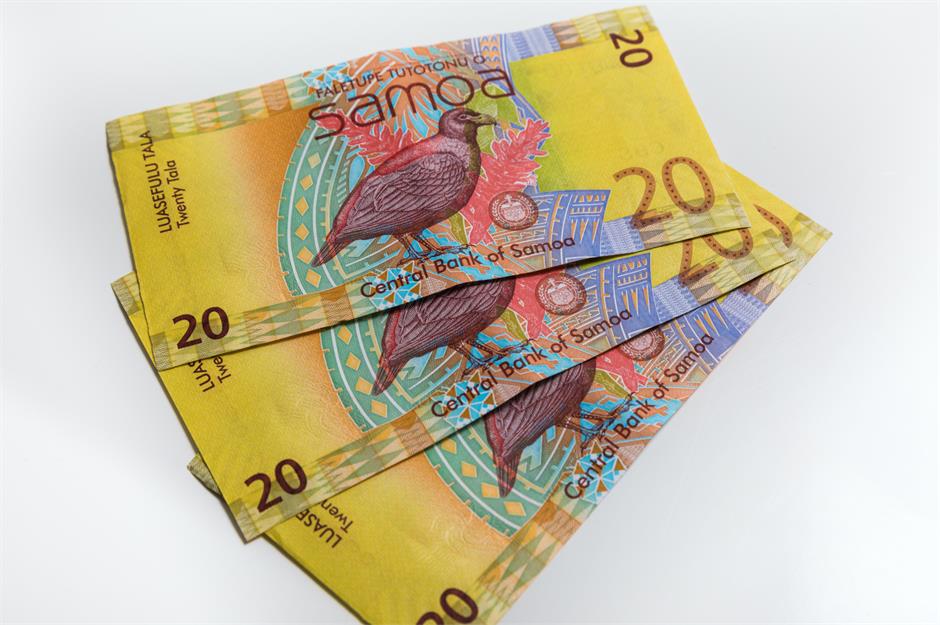
Central Pacific franc
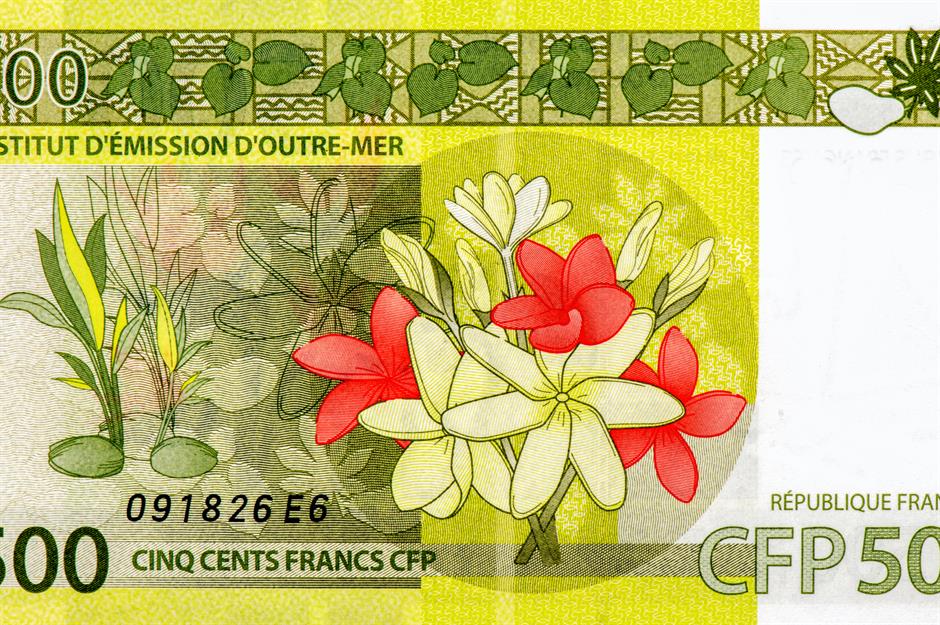
Egyptian pound
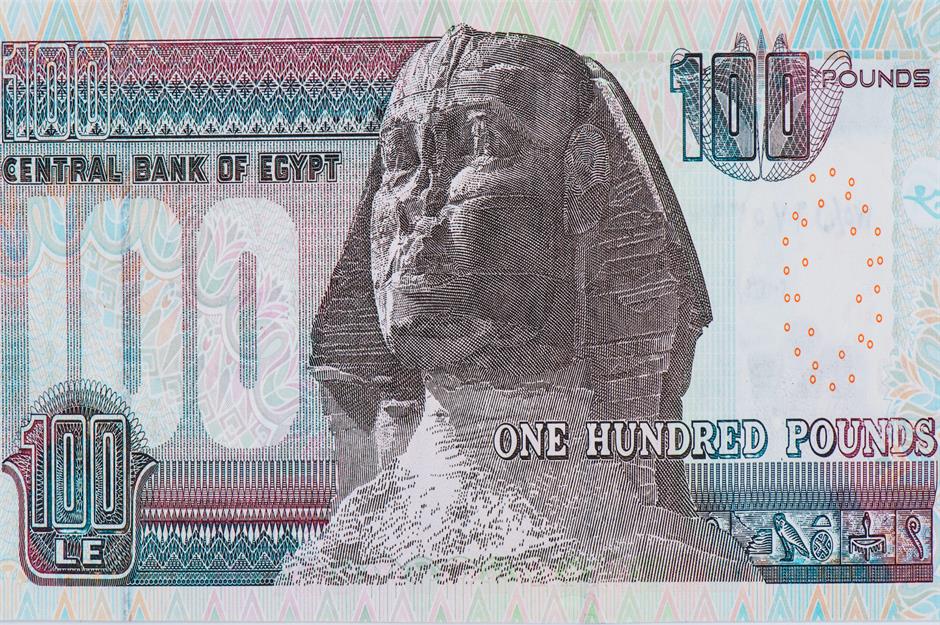
The Egyptian pound is the North African country’s currency, with banknotes available in denominations of one, five, 10, 20, 50, 100 and 200 pounds. One pound equals 100 piastres. The notes feature images of various religious sites and ancient monuments such as the Sphinx at Giza. They also feature the Egyptian coat of arms and have Arabic text on the front and English on the back.
Icelandic króna
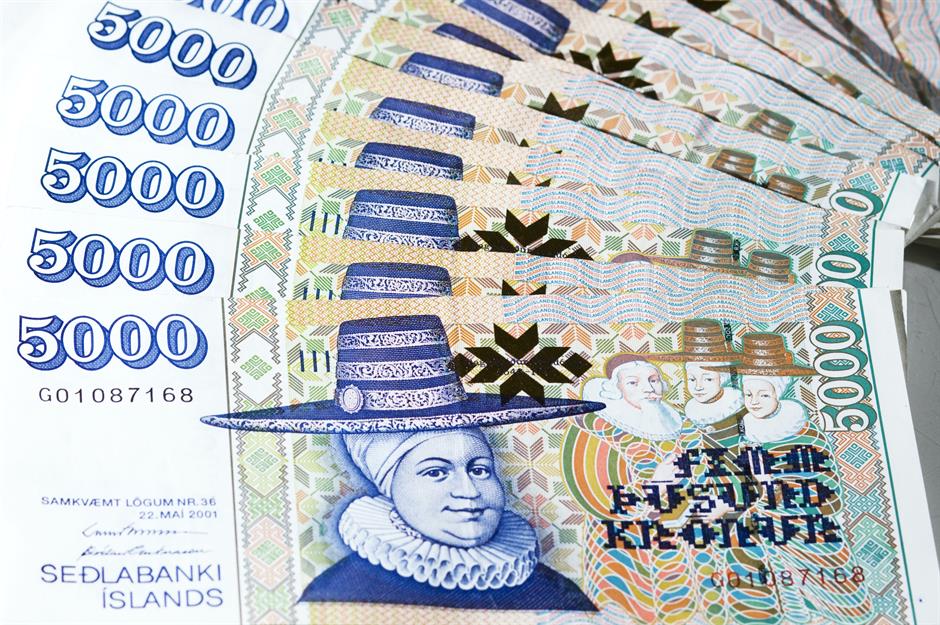
Issued by Seðlabanki Íslands, the central bank of Iceland, Icelandic banknotes are available in 10,000, 5,000, 2,000, 1,000 and 500 króna. The design of the 5,000kr note was first put into circulation in 1986 and was the first time a woman featured on its banknotes. The central figure is Ragnheiður Jónsdóttir who was born in 1646 as the wealthy daughter of a priest. She married twice to two bishops of Hólar and was known for her craft skills. She is shown instructing young women in embroidery. There was a slight design upgrade in 2003.
South African rand
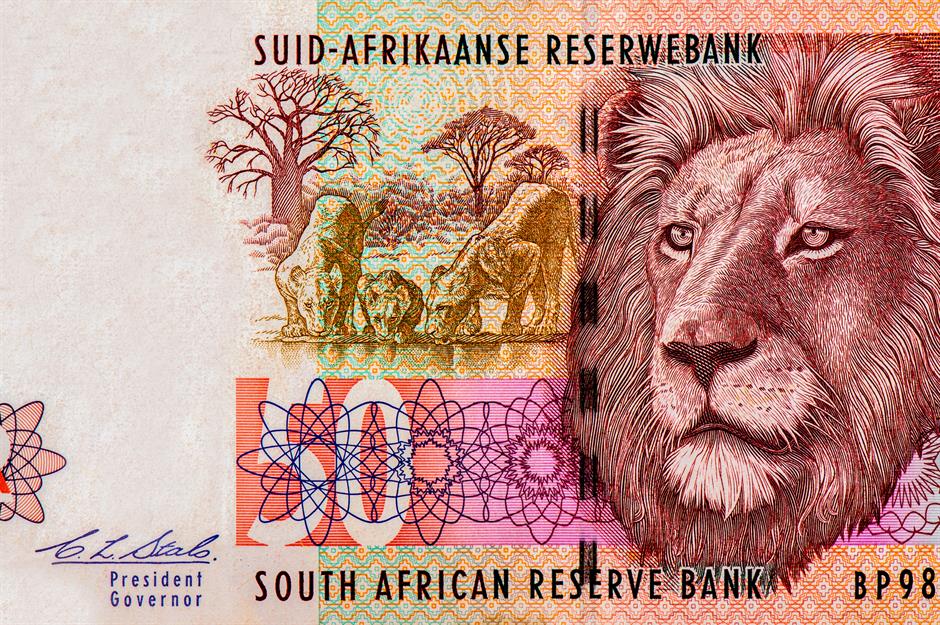
Namibia dollar
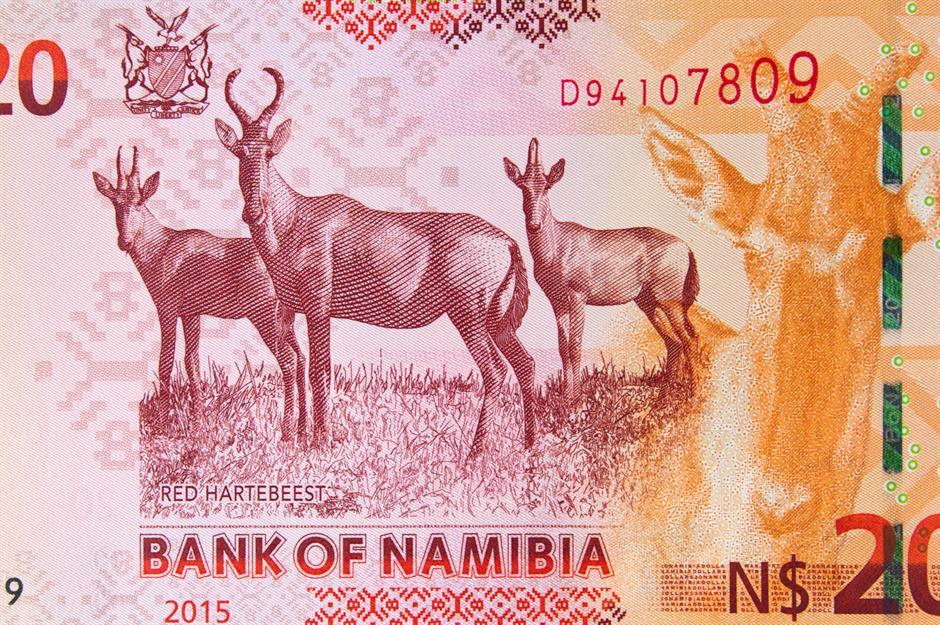
The Namibian dollar is linked to the South African rand, which is also legal tender in Namibia. Like the rand, Namibia’s banknotes feature stunning images of the country's wildlife. Its latest series of notes is made of polymer and were modified with increased security features in 2015. The orange and red N$20 note has a portrait of H. E. Dr Sam Nujoma, founding president of the Republic of Namibia, on the front and an illustration of the red hartebeest on the reverse.
Love this? Follow our Facebook page for more travel inspiration
New Zealand dollar
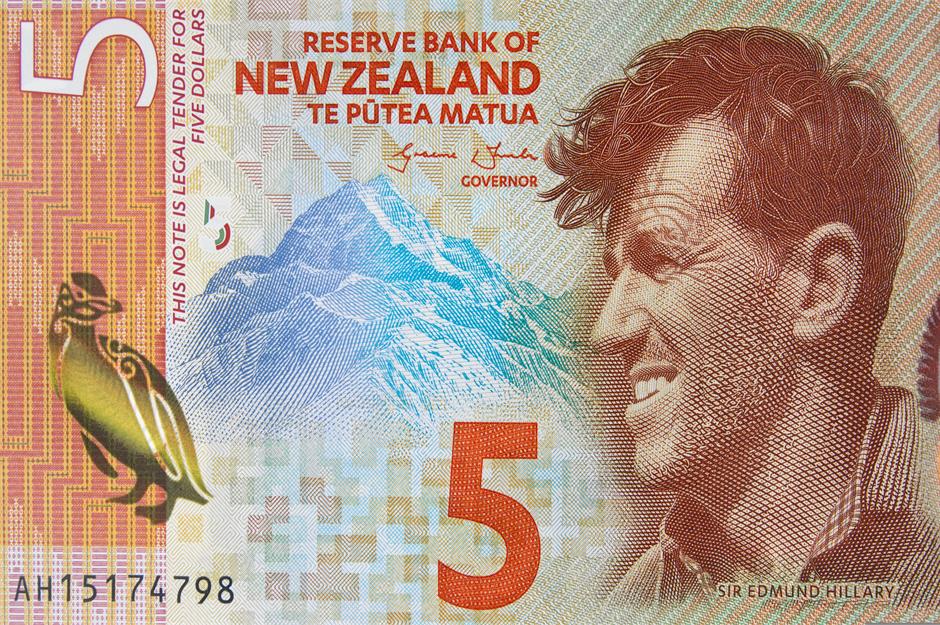
There are two sets of banknotes in circulation in New Zealand, series six and the more recent series seven. Each has five denominations: the $5, $10, $20, $50 and $100 banknote and is made from polymer rather than paper, which the Reserve Bank began circulating in 1999. The designs feature a range of respected New Zealanders, the Queen, and native flora and fauna. The series six $5 note (pictured) celebrates mountaineer Sir Edmund Hillary with images of Mount Cook/Aoraki and the indigenous yellow-eyed penguin or hoiho too.
British pound
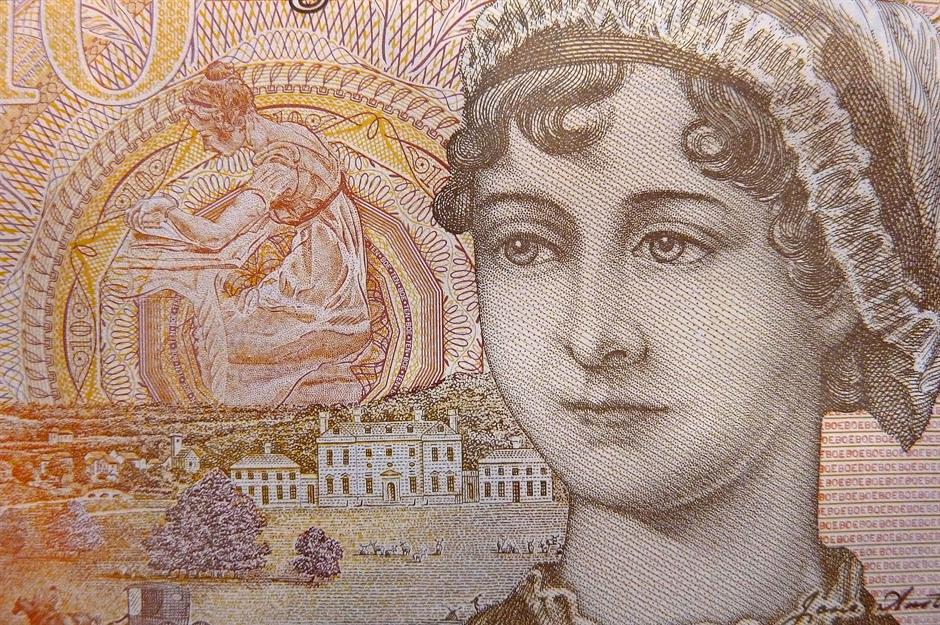
Hong Kong dollar
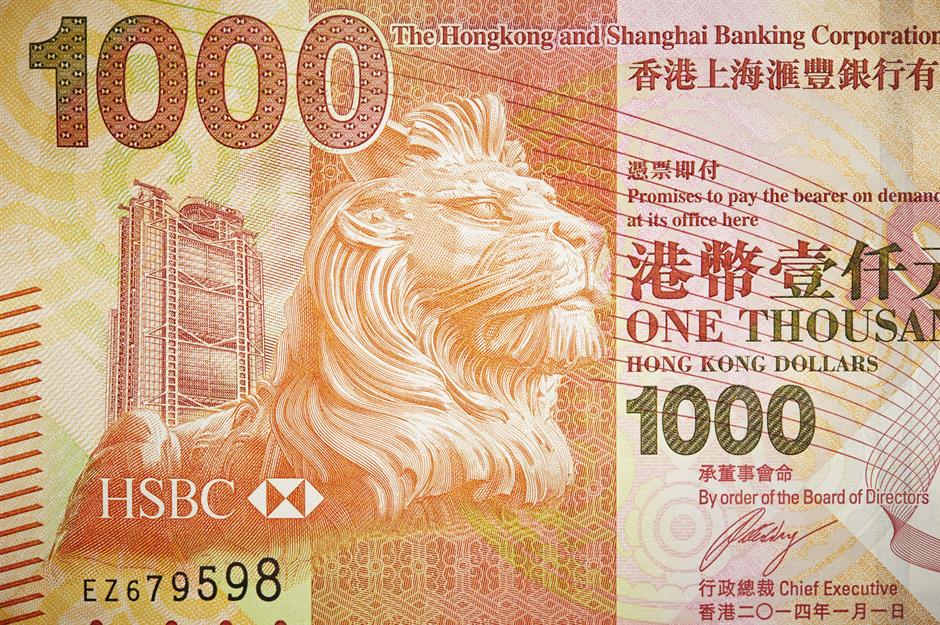
Much like the UK, Hong Kong has more than one bank responsible for printing money: the Hongkong and Shanghai Banking Corporation Limited, the Bank of China (Hong Kong) Limited and the Standard Chartered Bank (Hong Kong) Limited can all issue banknotes. This HK$1,000 note is from HSBC and is the highest denomination printed, worth just under £100 ($130). The latest series was released in 2018 and for the first time the thematic subjects on the reverse side of all notes have been standardised to help people recognise the denominations more easily.
Australian dollar
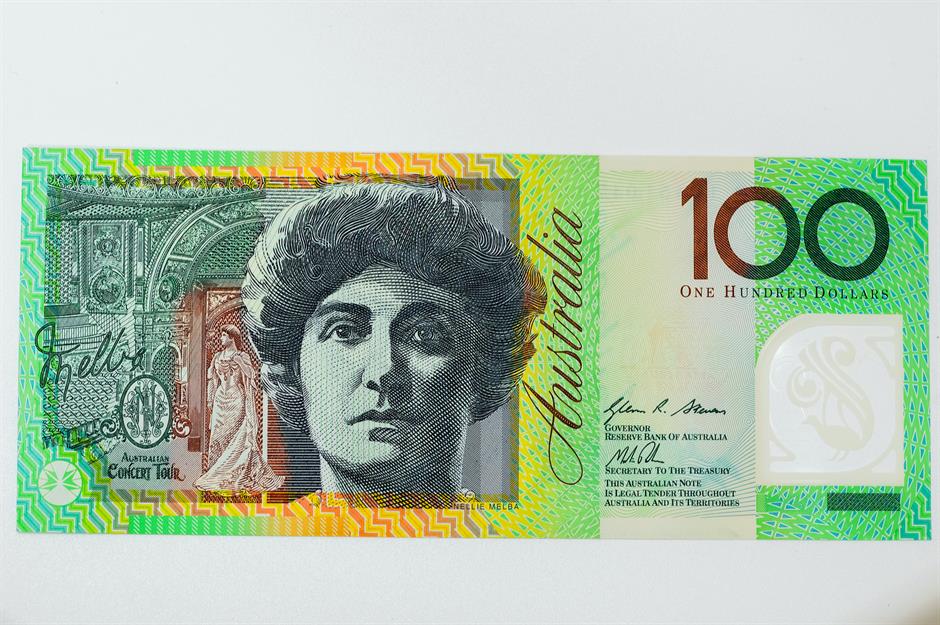
Polymer banknote technology was developed in Australia and it was the first country to use it when it issued a $10 commemorative note in January 1988 to mark its bicentenary. Between 1992 and 1996, a full series of banknotes was printed on polymer. The latest design to join circulation is this $100 note which, along with other denominations, features a different species of Australian wattle, a native bird and portraits of esteemed Australians. Pictured here is Dame Nellie Melba.
Myanmar kyat
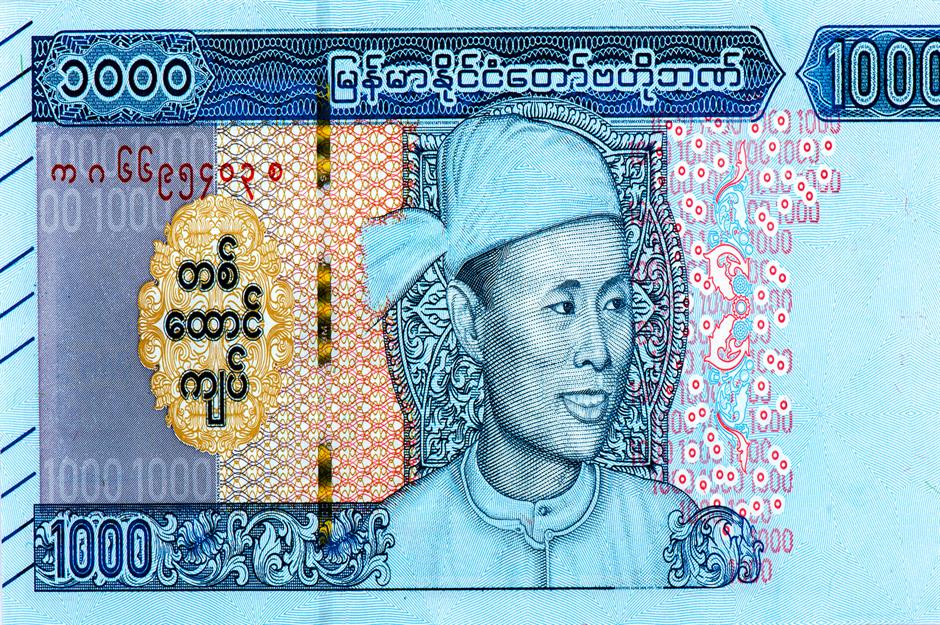
Cambodian riel
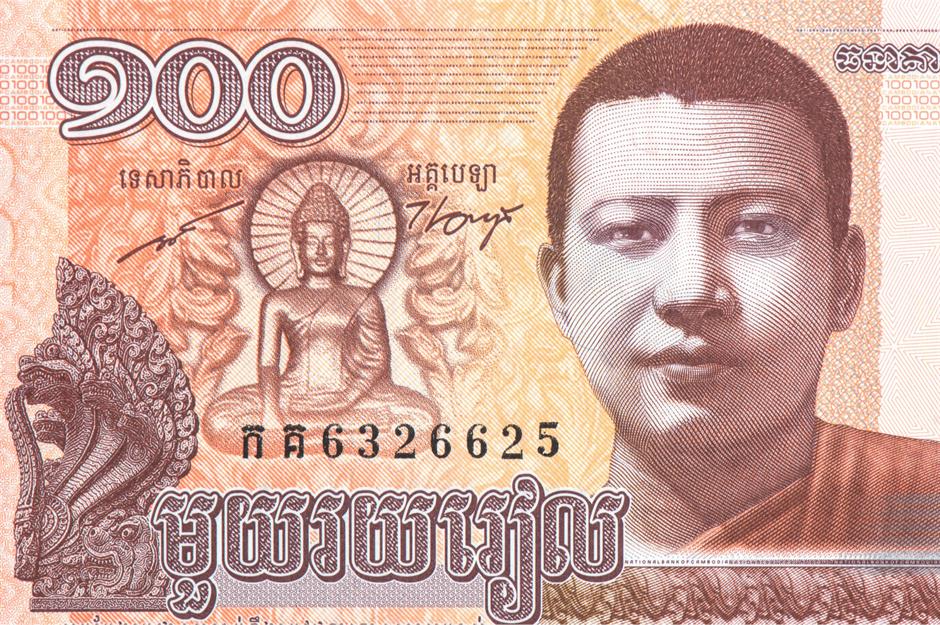
Brunei dollar
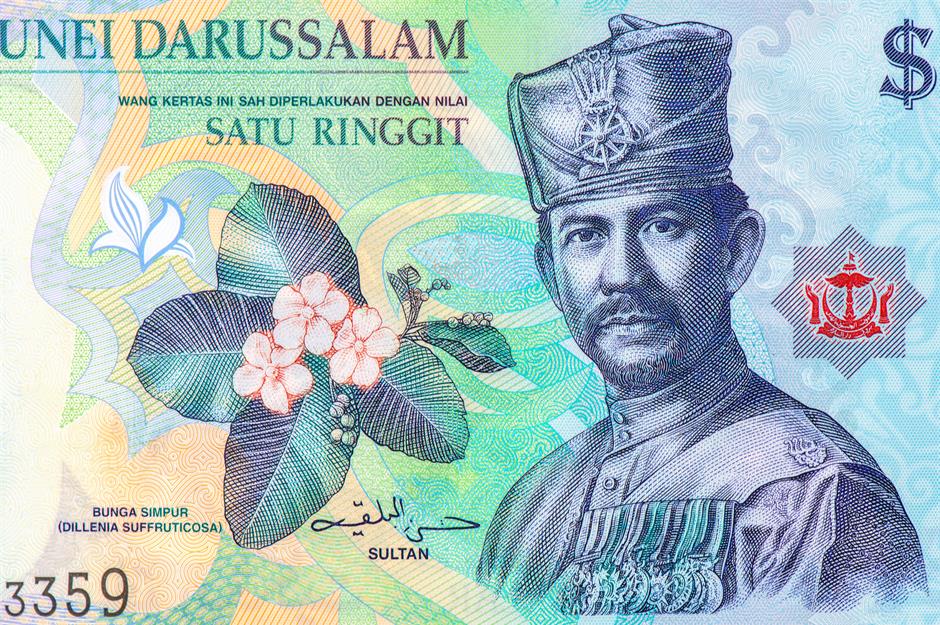
Maldivian rufiyaa
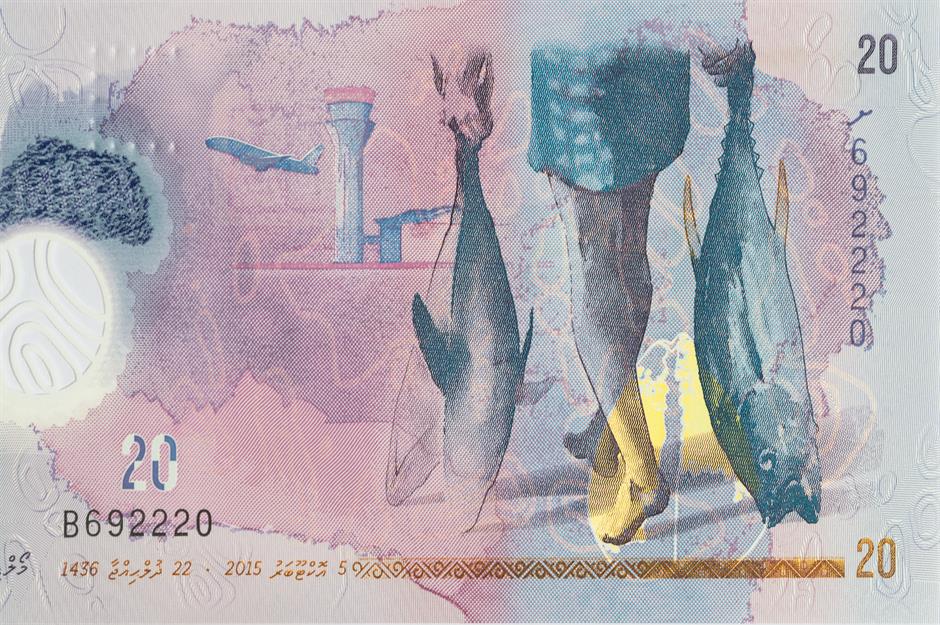
Canadian dollar
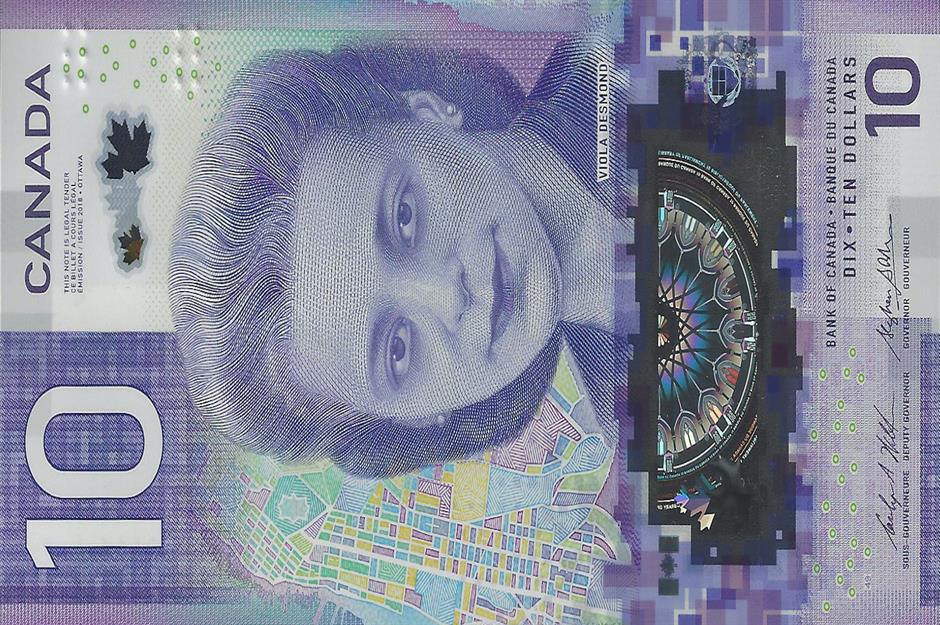
Canada’s thought-provoking vertically-designed $10 bill won the top prize at the 2018 International Banknote Society award. It features an image of Canadian civil rights activist Viola Desmond overlaid on a map of her Halifax neighbourhood. A detail of the Library of Parliament’s vaulted dome ceiling appears too. The reverse side shows the Canadian Museum for Human Rights in Winnipeg, part of the Charter of Rights and Freedoms, and an eagle feather, which represents the ongoing journey toward recognising the rights and freedoms for indigenous peoples in Canada.
Seychelles rupees
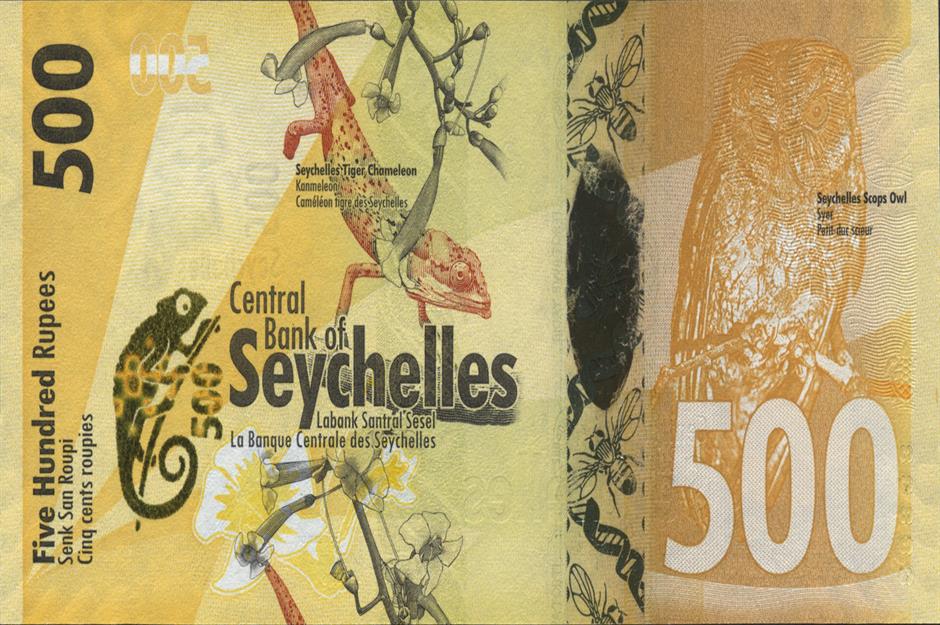
It’s not surprising that the idyllic Indian Ocean nation has aesthetically pleasing currency too. The Central Bank of Seychelles issued a series of new polymer banknotes in 2016 to celebrate 40 years of independence. The 25, 50, 100 and 500-rupee notes have a unified design that emphasises the country's biodiversity with drawings of some key endemic species. The 500-rupee note features the Seychelles kestrel on the front, and the Seychelles scops owl and tiger chameleon on the reverse.
Norwegian kroner
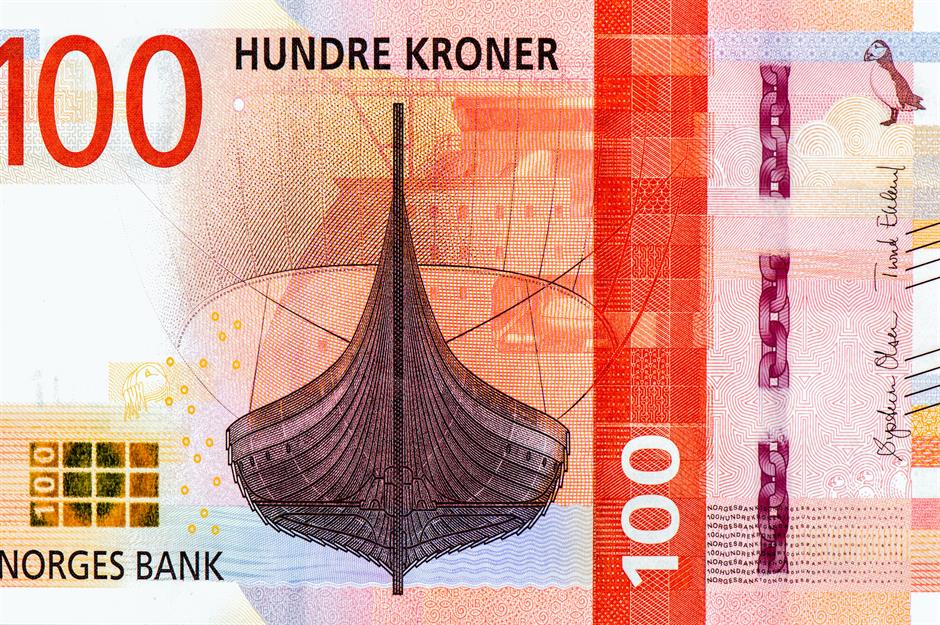
The sea is central to the design of Norway’s new series of banknotes, with each denomination utilising a primary motif inspired by Norwegian maritime history. The 100-kroner note has a theme of “the sea that brings us out into the world” and shows an image of the Gokstad, Norway's largest preserved Viking ship, to evoke Scandinavian wanderlust. An Atlantic puffin appears on the upper right. The reverse of the notes all feature a modern cubic pattern which is an abstract depiction of the sea.
Euro
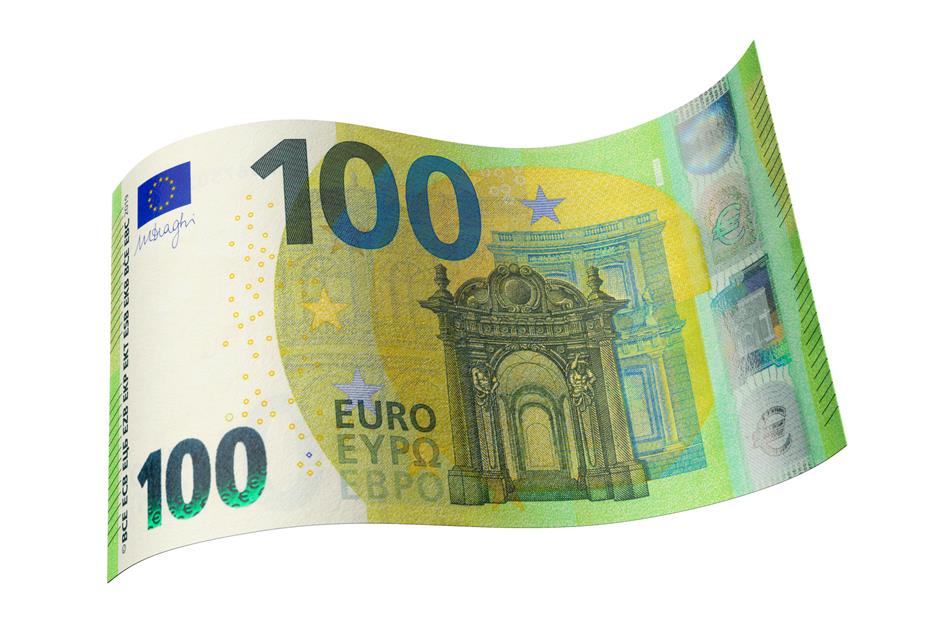
The Europa series is the latest family of euro notes which feature an image of the mythological Greek figure of the same name. The €100 and €200 banknotes were the last to launch in 2018 and were updated with a map to include the islands of Malta and Cyprus. Like the first series, the front of the notes show windows and doorways to symbolise a spirit of openness and cooperation. While bridges on the back point to communication between Europe and the world. All structures are inspired by different architectural styles rather than real-world places.
São Tomé and Príncipe dobra
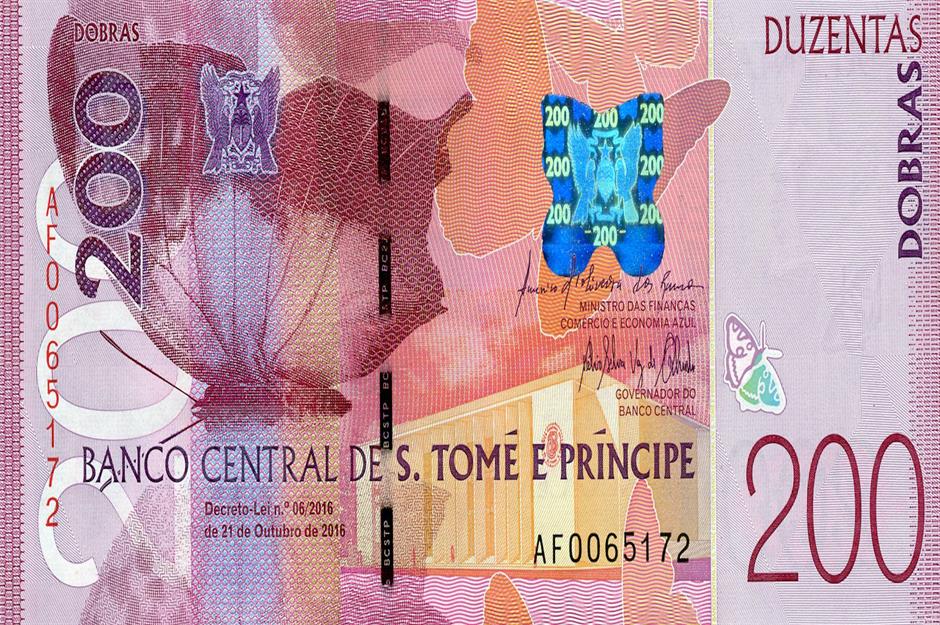
Armenian dram
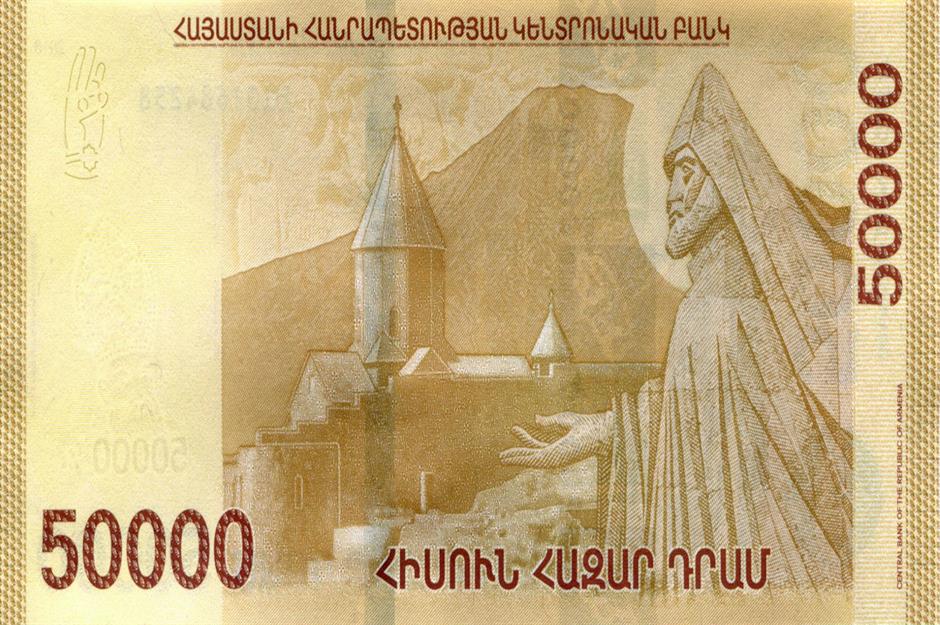
The Armenian dram was only introduced in 1993, after the Central Bank of Armenia was formed and it introduced a new national currency to replace the Russian ruble. To celebrate the dram’s 25th anniversary in 2018, the Central Bank put a third generation series of banknotes into circulation. They feature a range of esteemed Armenians and cultural monuments – the 50,000-dram note, for example, bears an arresting portrait of the country’s patron saint St Gregory the Illuminator who converted Armenia to Christianity.
Cook Islands dollar
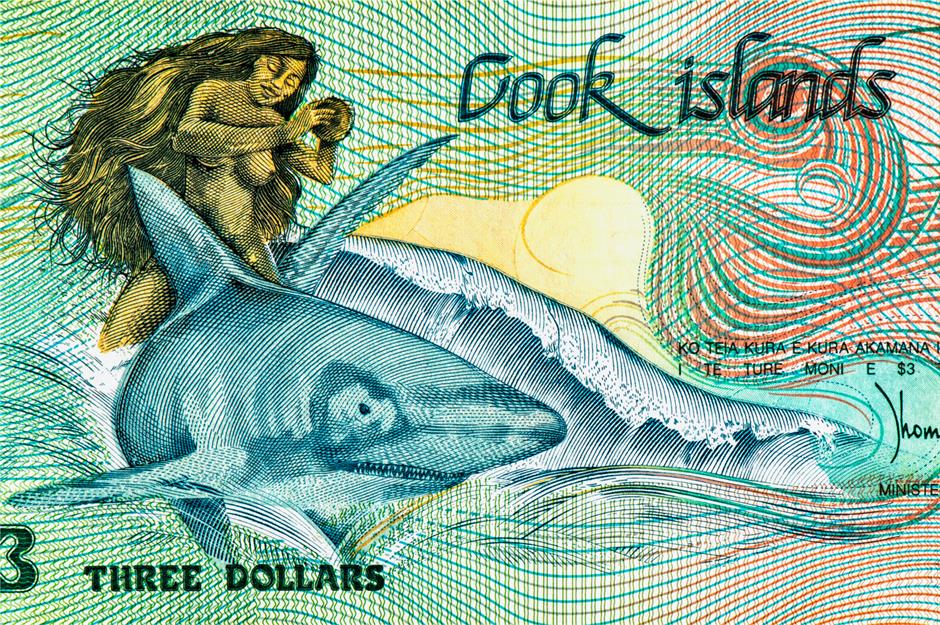
Today, the official currency of the Cook Islands is the New Zealand dollar but there are still some banknotes and coins issued by the South Pacific nation in circulation. They can generally be used on the islands, but cannot be exchanged outside of the country. Some are now collected more as souvenirs like the unusual $3 note, which features an image from the local legend of Ina and the Shark. There's also a triangular $2 coin.
Swiss franc
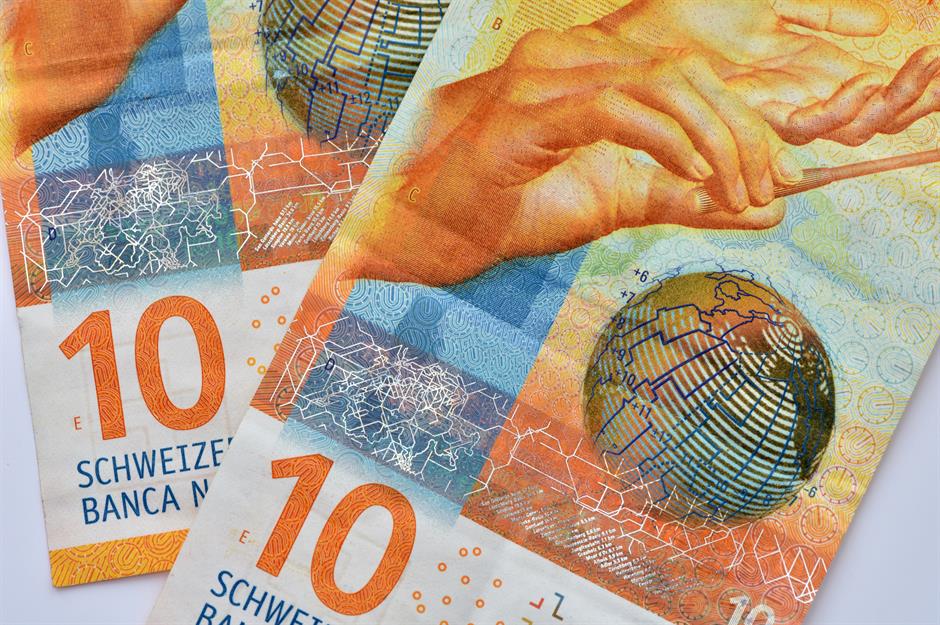
Rather than focusing on well-known personalities, each note in Switzerland’s ninth banknote series, which has been phased in by the Swiss National Bank between 2016 and 2019, depicts a typically Swiss characteristic. Under the overarching theme of 'the many facets of Switzerland', the 10-franc note celebrates organisational talent through motifs that symbolise time. Each characteristic is communicated with a hand performing an action (here a conductor keeps time) and a Swiss location, as well as various graphic elements.
Costa Rican colón
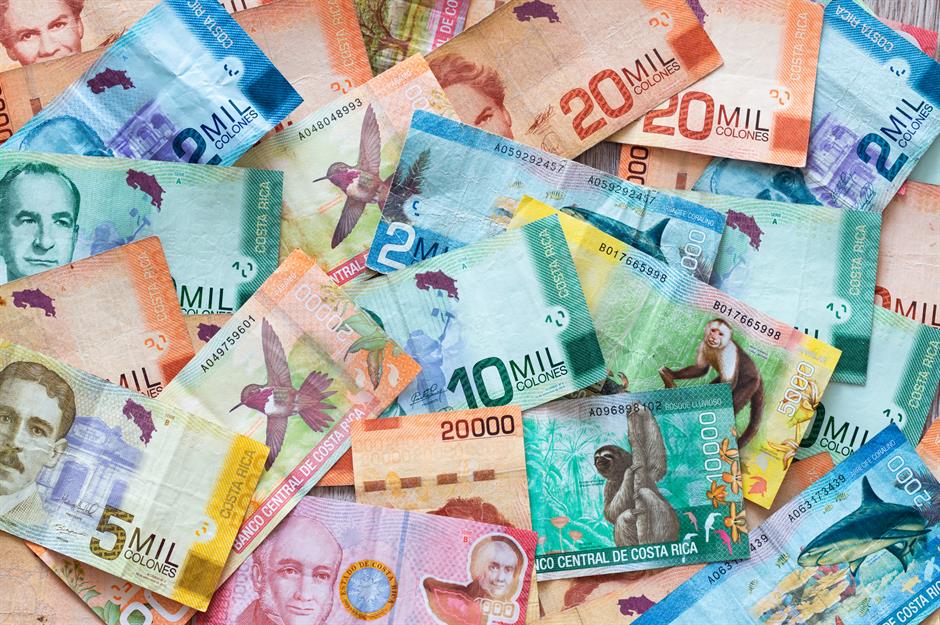
Costa Rica’s currency, the colón, was named after Cristóbal Colón (Christopher Columbus). It was introduced in 1896 and replaced the Costa Rican peso. The colourful banknotes all feature the guaria morada, an orchid which is the country’s national flower, and designs inspired by Costa Rica’s wildlife, such as the sloth, the hummingbird, the morpho butterfly and the white-headed capuchin monkey. The Central Bank of Costa Rica is set to issue new polymer banknotes later this year.
British pound: Alan Turing £50 note
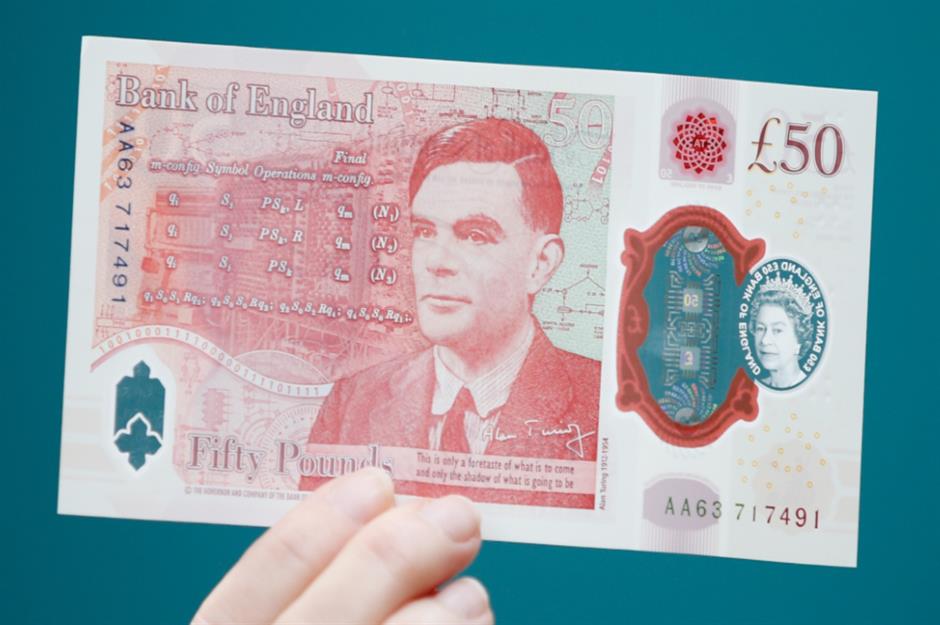
A brand new £50 note came into circulation in June 2021. It celebrates legendary mathematician Alan Turing, famed for his code-breaking achievements during the Second World War and his early work with computers. The note features a portrait of Turing (based on a 1950s photo by Victorian studio Elliott & Fry), plus extra little details such as formulae and ticker tape. There's an inspiring, 1949 quote from Turing too: "This is only a foretaste of what is to come and only the shadow of what is going to be".
Comments
Do you want to comment on this article? You need to be signed in for this feature